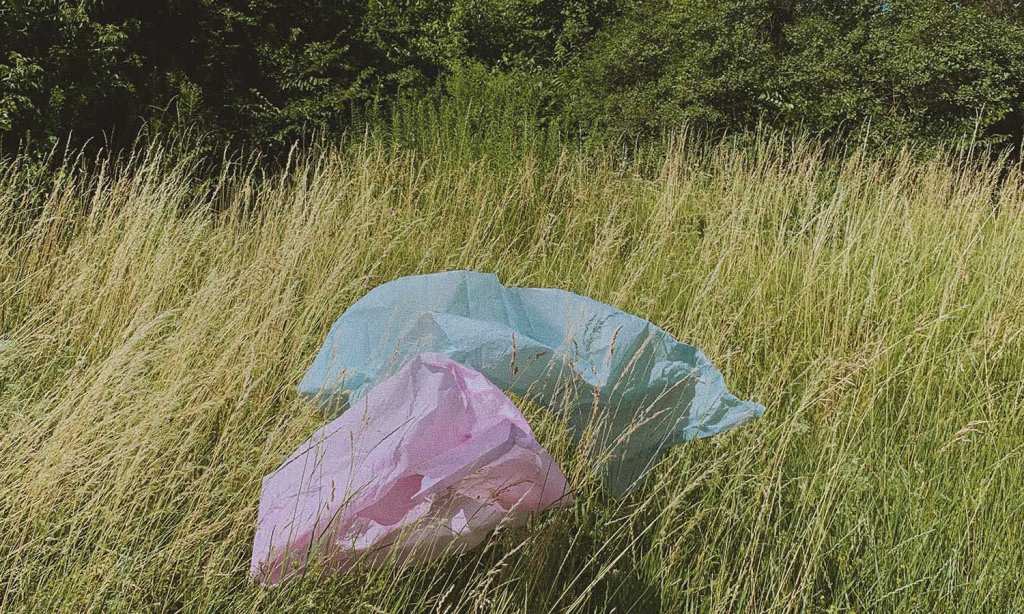From what I can tangibly see in my daily life, most efforts to become more sustainable and head towards a carbon-neutral future in Australia are carried out independently. That is to say, the Australian federal government hasn’t shown much promise in making steps towards building a more environmentally friendly future.
Countries like Canada and New Zealand are showing real, actionable change, while Australia seems to talk around in circles with vague quotes such as “The vital role of cooperation will play in building a more climate-resilient Australia”, coming out of the latest ministers meeting on banning single-use plastic.
There are currently 69 countries in the world that have passed some sort of full or partial ban on plastic bags. According to this map, drawn up by Statista, a ban on plastic bags isn’t even under consideration in Australia. We look pretty bare among the rest of the world, who are all either fully banned, partially banned, or are “under consideration”.
The clearest quote we’ve recently heard about making a change to our plastic use was the Australian government’s recent and frustratingly vague discussion on “phasing-out” single-use plastic by 2025, at a recent ministers meeting. Shockingly, the meeting resulted in nothing conclusive.
Which begs the question… Why do we feel so far behind here in Australia?
In some places, single-use plastic cutlery is already being seen as an artefact. As seen on Dezeen, German designers Kai Linke and Peter Eckart centred their whole exhibition for the London Design Biennale around plastic cutlery, by displaying it as an archaeological artefact.
The designers were inspired by the European Union’s ban on single-use plastic cutlery and they have fittingly titled their exhibition Spoon Archaeology. The exhibition holds a powerful message; can we design a better future?
The EU’s single-use plastic ban is a good example. In 2019, it implemented a plan to ban the 10 most common single-use plastic items, which they deciphered by the most common plastics found on Europe’s beaches. As a solution, they’re offering sustainable alternatives.
The 10 items they found were:
- Cotton bud sticks
- Cutlery, plates, straws and stirrers
- Balloons and sticks for balloons
- Food containers
- Cups for beverages
- Beverage containers
- Cigarette butts
- Plastic bags
- Packets and wrappers
- Wet wipes and sanitary items
Where sustainable alternatives are easily available and affordable, single-use plastic products will be banned in Europe from 3 July 2021. This ban will apply to cotton bud sticks, cutlery, plates, straws, stirrers, and sticks for balloons. It will also apply to cups, food and beverage containers made of expanded polystyrene, and on all products made of oxo-degradable plastic.
This seems like a pretty solid plan to us.
New Zealand is tackling it differently. Back in April, New Zealand announced it was introducing a law that forces its financial firms to report on the effects of climate change, following a claim that it is aiming to be a carbon-neutral country by 2050.
Europe is starting small and New Zealand is starting big, but honestly, they’re both serious about implementing change for the better and that attitude is what we’re missing out on in Australia.
Regardless of how many of us use keep cups, shop from sustainable brands, buy groceries in recyclable packaging and wear homemade face masks, with no official bans, there will still be places that provide single-use plastics as everyday essentials and frankly, we need to be smarter than that now.
Australian governments have loosely discussed looking at a plan to be carbon-neutral by 2025, but that seems pretty soon and rather optimistic at the rate we’re going.
As reported in The Guardian, Australia produces 2.5 million tonnes of plastic waste each year, about 84% of which is sent to landfill. About 130,000 tonnes of plastic waste leaks into the environment annually. That’s a hell of a lot of waste that we could avoid.
Last we heard, federal, state and territory leaders have agreed on what that our term to phase out single-use plastics by 2025 will cover, but we don’t know much more than that.
Although it’s been reported that plastic cutlery and straws are among the types of single-use plastics that will be the focus of this “phase-out”, it feels a bit too little too late. The EU got this sorted in 2019 and we can barely seem to rustle up a clear conversation about it in 2021.
For now, we just have to do what we can on our own. Luckily, we’re educated in sustainable alternatives and the majority of us are making the most of these.
Read more stories from The Latch and subscribe to our email newsletter


